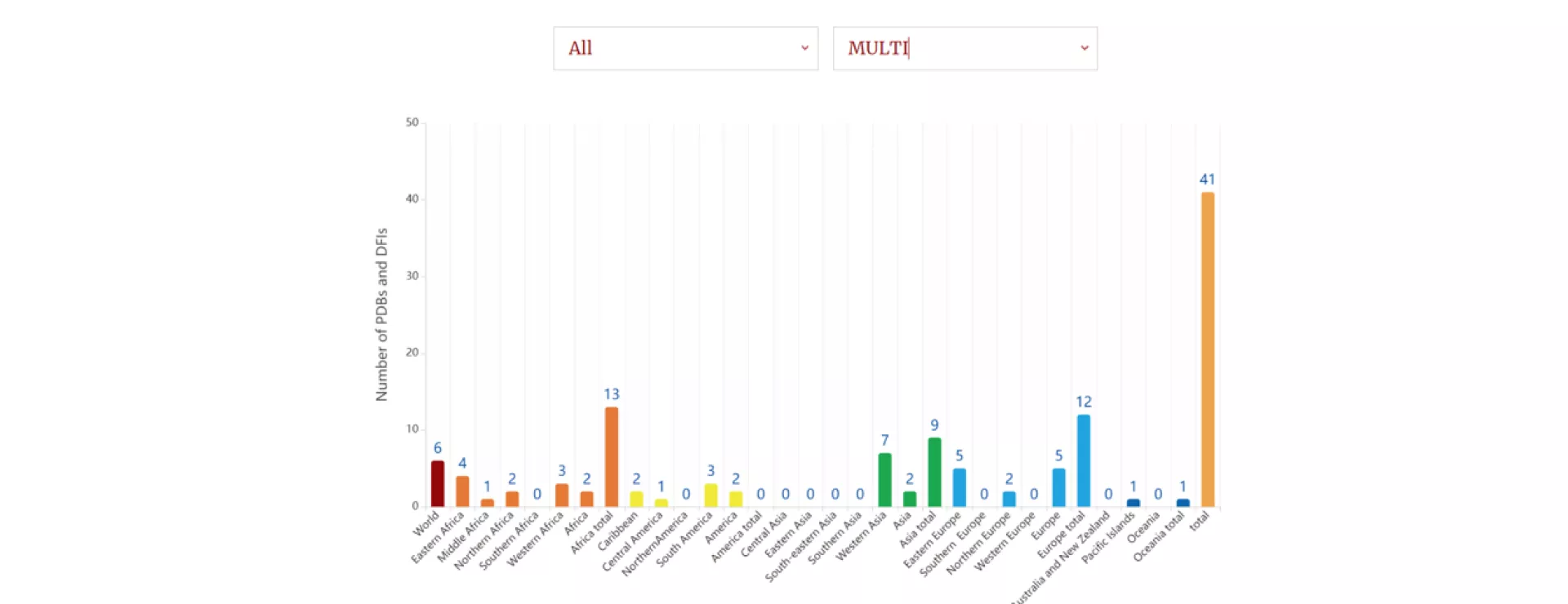PDB database: Latest update shows USD 22.85 trillion of total assets for 2020


The world’s first database on PDBs and DFIs, launched during the first Finance in Common Summit in 2020, has just been updated thanks to the fruitful partnership between the Institute of New Structural Economics (INSE) of Peking University and the French Development Agency (AFD). The latest edition of the database lays out a more comprehensive and up-to-date picture of the size of PDBs and DFIs worldwide.
In July 2022, INSE and AFD systematically collected the total assets of PDBs and DFIs for the fiscal year 2020 (FY 2020), with full coverage of publicly available data and rigorous quality control. This new data demonstrates that there are more than 522 PDBs and DFIs, which represents 10% of the total world's investments. The total assets of PDBs and DFIs in the database have reached USD 23.1 trillion.
The database’s data visualization website allow you to compare the PDBs and DFIs by size, mandate or even region. For example, the latest figures show that micro, small, and medium institutions make up the majority (81%) in terms of the number of PDBs and DFIs. Even though a majority of institutions are small in absolute terms, it does not necessarily mean that they are meagre in relative terms. Indeed, some micro and small PDBs and DFIs may carry a relatively greater weight in their home country or economy. For example, the Development Bank of Tuvalu (US$20 million) accounts for an estimated 41% of Tuvalu’s GDP, and the Marshall Islands Development Bank (US$41 million) accounts for 17% of the Marshall Islands’ GDP.
To learn more, visit the data visualization website and download the full database for free.